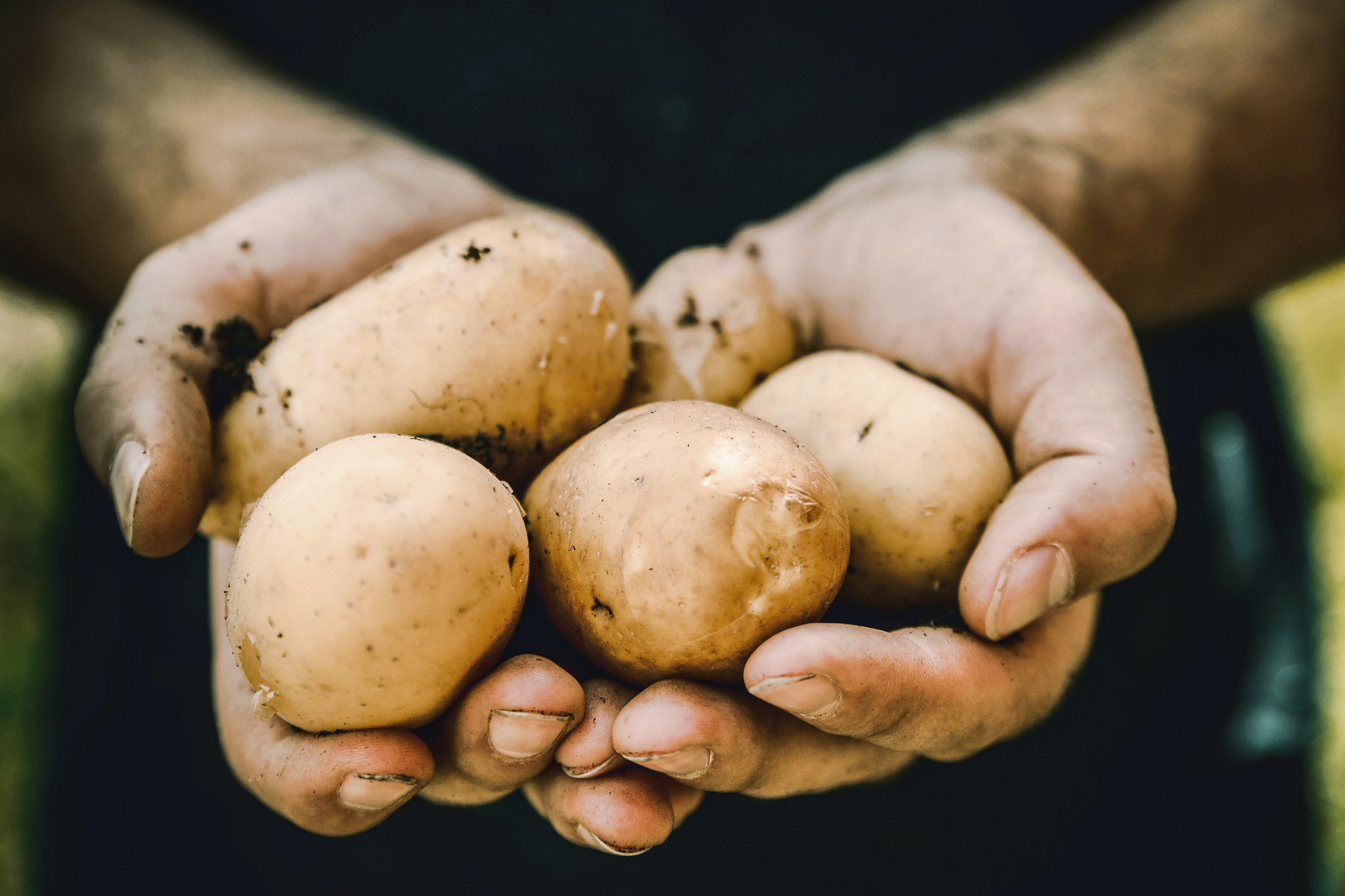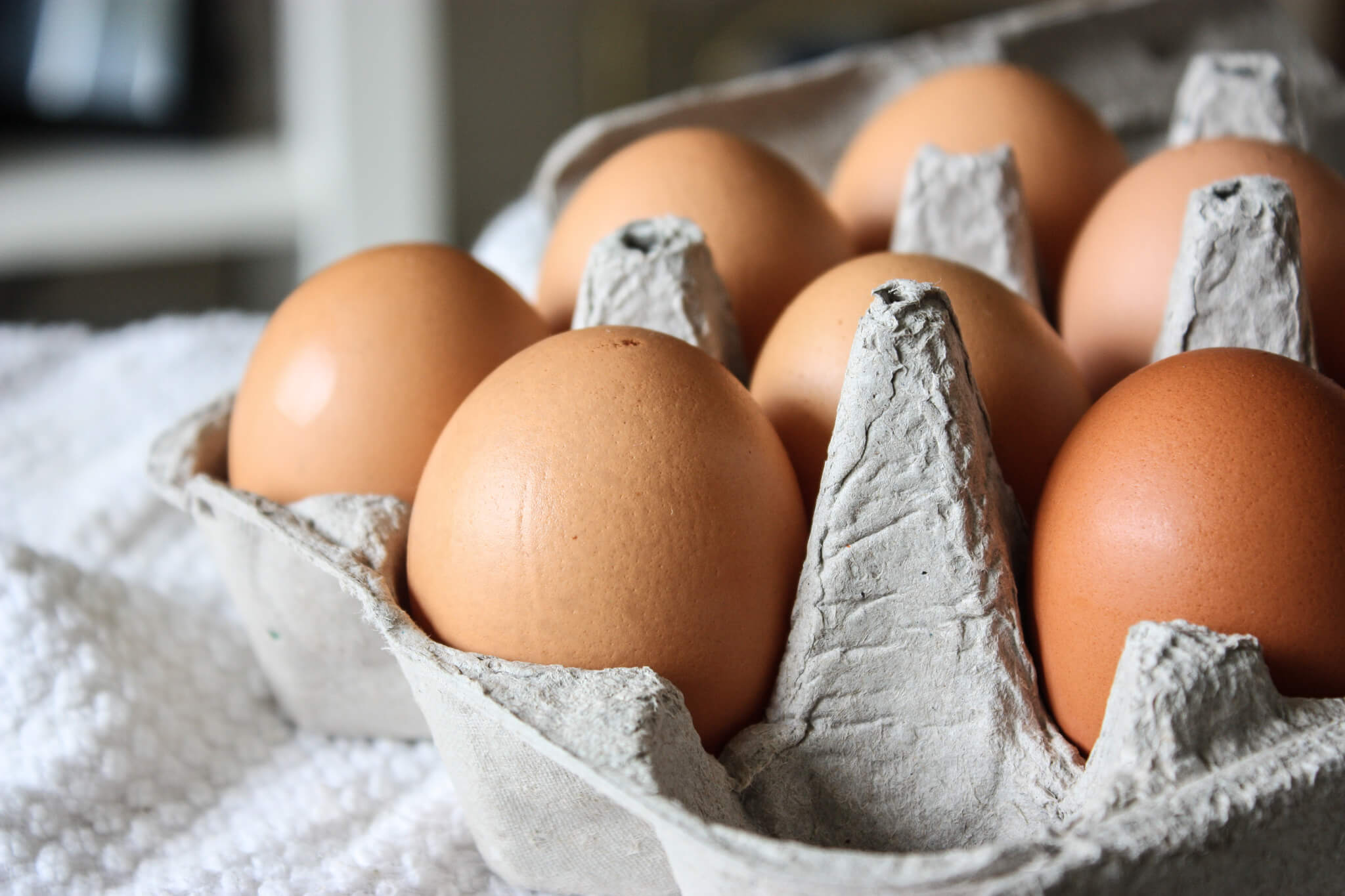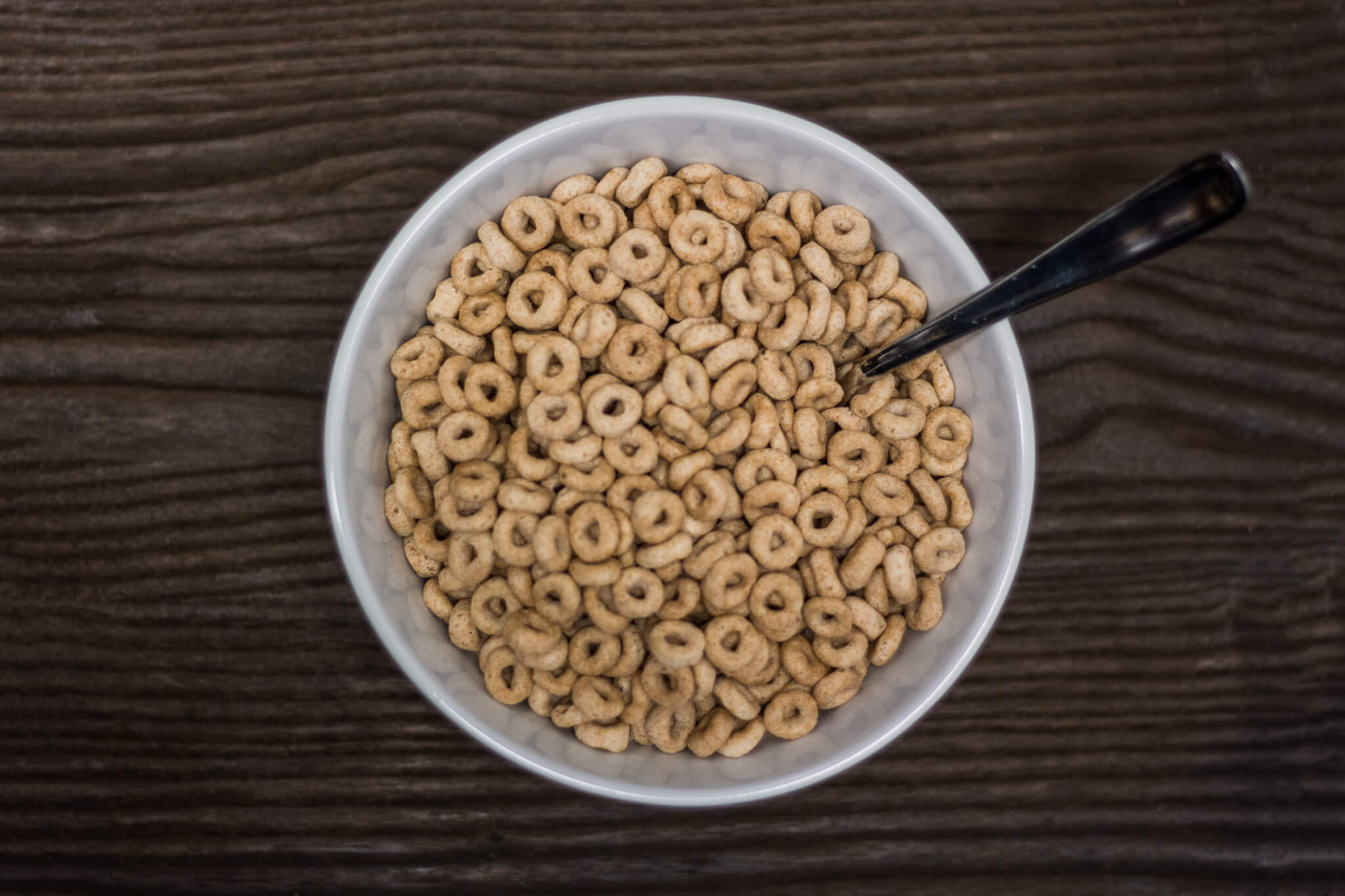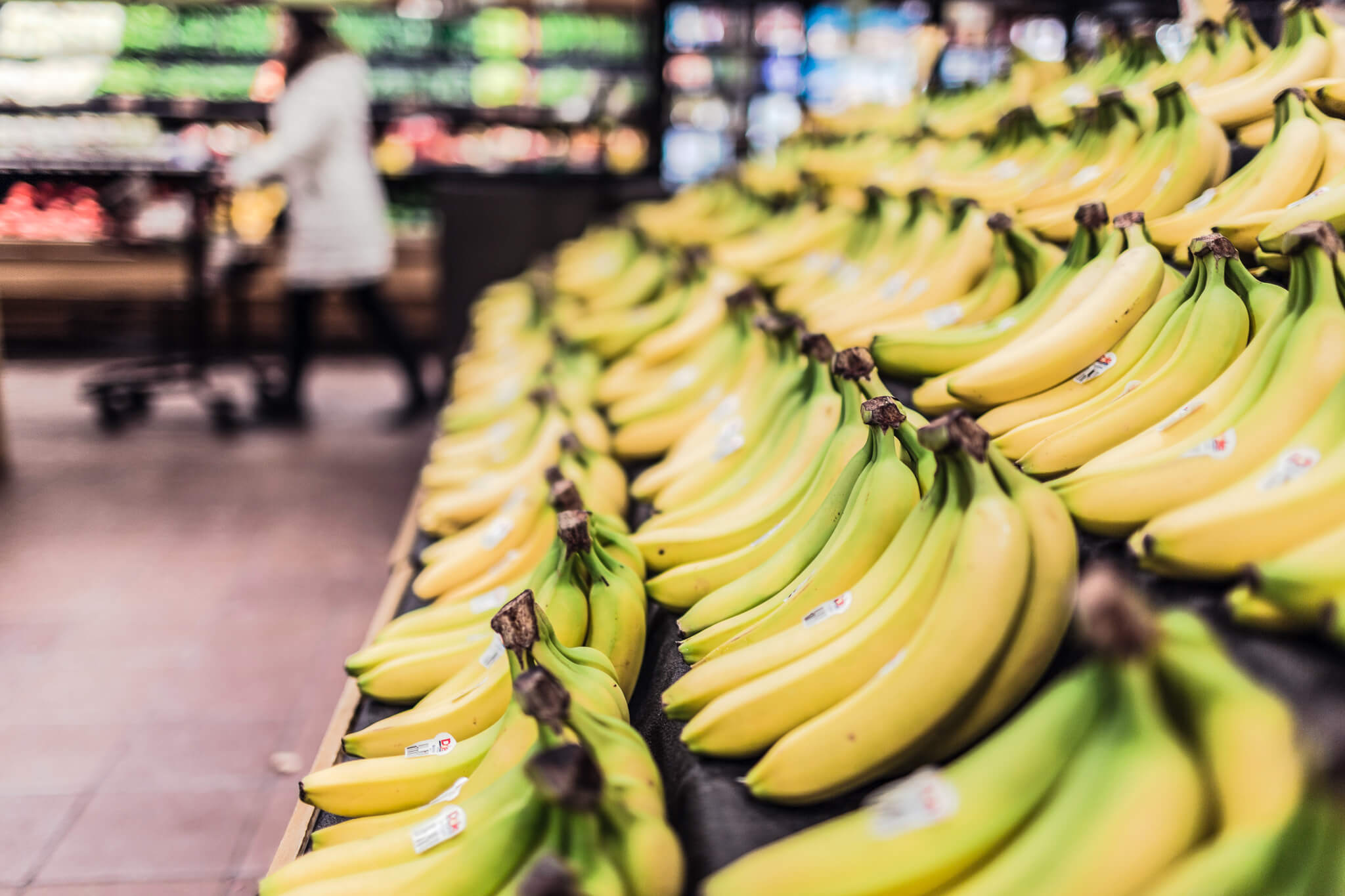The internet is both a great and terrifying place. It’s full of information and opinions about anything you could ever want to (or not want to) know. Sometimes I’m amazed by things I read, written by people who have no training in, or connection to, the subject they are discussing. Often, it’s discussion based on their interpretation of information given by a combination of sources, usually the news media and social media. These sources and discussion aren’t always wrong, but there can be a frustrating amount of misinformation in them.
When it’s a subject, like agriculture, that I have a fair amount of connection, training, and experience in, it’s typical for me to get all kinds of agitated when I see misinformation. Some of these topics are so much more complicated than an online thread gives them credit for. They are also so much more complicated than a 1,000-word blog post can do justice on, but I’m going to try.
I’ve seen discussion online about food, both groceries and eating out, being really expensive. Then I see people piggybacking on those threads, talking about farmers being rich and getting so much money from the food we eat. Let’s talk about this topic with some context, since I’ve mentioned how important context is, and some data, since that is also rather important.
From 2015-2019, the cost of food went up 4.5 percent
This fact comes from a terrific section of the USDA website with information on food prices and spending. I don’t know what your first reaction to that is, but when you also hear that the overall consumer price index (the cost of living, including food, recreation, medical, housing, transportation, recreation, education, etc.) went up 12.4 percent during that same time frame, I hope your overall reaction is to understand how little the price of our food actually does go up, compared to the rest of our living costs.
The USDA also shares on that page where the money we spend on food is going. They look at food spending overall – grocery and restaurant food – and share, on average, how much of one dollar goes to each section of the supply chain between farm and plate. Farm production makes up 8 cents of that. For every dollar that Americans spend on US produced food, farmers are getting 8 cents.
Let’s talk About Dairy Farming
I am not a dairy expert, so I consulted the USDA market database. According to the USDA info I found, in 2019 the average value of 100 pounds of milk produced was $19.17. If we think about that in gallons, it means that a gallon of milk was worth $2.22 to the farmer. That’s before operating costs (feed, vet services, electricity, bedding, etc). After operating costs, which were $1.61 per gallon on average, a dairy farmer was getting about 61 cents per gallon of milk. But wait, there’s more: overhead. Labor, taxes and insurance, the opportunity cost of unpaid labor, etc. Once you figured those numbers in, in 2019 a gallon of milk was worth -41 cents to the average dairy farmer.
Jess, a dairy farmer in Pennsylvania who goes by @seejessfarm on Instagram, recently posted a story about the difficult time their farm was having while trying to get paid for the milk they produced in April. She found out they would be getting paid, but a lower amount than expected. She was, rightfully, very frustrated and said that she just wants a price that is fair for the product they produce. To be paid a price that is equal to the amount of work that went into producing it.
I’m literally scratching my head as I write this. I keep telling myself these numbers have to be incorrect. That I have to be doing my math wrong. But the negative numbers are right there on the USDA spreadsheet. I’m kind of stumped about how to wrap up this section, other than wanting to wrap my arms around dairy farmers and comfort them for basically paying so I can eat ice cream.
Egg farming, Is That Lucrative?
The Egg Industry Center, administered through the College of Ag at Iowa State University, analyzes US data to provide producers and consumers with scientific information about the egg industry. They publish a monthly document with regional and US averages of the production cost and prices of eggs.
Their December 2019 publication tells us the average cost to produce one dozen large white eggs in 2019 (feed and chicken cost, but not the other overhead) was 60.34 cents. The average price paid to a farmer for one dozen eggs in 2019 was 57.6. Every time we buy a carton of one dozen eggs at the grocery store, an egg farmer is making less than 3 cents from it. I know they are producing many, many dozen eggs, but I’m still scratching my head over here. I think this also tells us something about why many egg operations are large. It takes a lot of chickens to produce enough eggs to make money at 3 cents a dozen.
In high school, I raised 38 chickens and sold their eggs for $3 per dozen, which is far above the grocery store average. I broke even by selling the chickens after two years and ending my egg business. I was never rolling in money, which is apparently industry norm.
There are areas of the industry with higher value products that are raising the overall average to that 8 cent number mentioned above, but know that the average farmer is not drowning in dollar bills. Many are drowning in debt.
Now, more context
The cost of food is slowly going up, but we are spending less of our money on food. In 1960, Americans were spending an average of 16.8 percent of their disposable income on food. In 2018, that number was 9.7. It’s almost an even split between how much money we spend on food at home, versus away from home.
We are also spending far less of our income on food than almost any other country in the world. There are many things at play in that – production location and type, distribution, regulations, etc. But know that, as Americans, we are faced with one of the most affordable and abundant food supplies. This Farm Bureau publication shares that some low-income countries are spending as much as 50% of their disposable income on food.
Wrapping it up
To be honest, sometimes I start writing with no idea where it’s going to go. Actually, most of the time that’s what I do. I just research, write, research some more, see where it goes, and by the end it usually ties itself up pretty nicely. Right now? My brain isn’t sure how to wrap this up.
I’m sitting here, so grateful I’m able to buy such affordable food. But also confused and really concerned about how little some of our farmers are making off that food. To my earlier comment about people online saying farmers are earning too much money, I hope you can see that that’s not really accurate. I think there is also some more discussion to come about the supply chain, regulation, and how to put more money into the farmer’s pocket, rather than middlemen (while also understanding the middleman is often necessary).
Leave a Reply
Food companies often use fear and misconceptions to market their product. Enter your email below and you'll have 5 ways to beat them at their sneaky game.
5 Food Label Secrets to Save Big $$$ at the Grocery Store
oh, yes please
FREE DOWNLOAD
The Olive Branch
Offering first-hand perspective on farming and our food supply
Home
About
consulting
resources
Contact
the blog
Follow along on Instagram
@theolivebranch_j
The olive branch 2024 | design by tonic






Jordyn, are there some crops with higher profit margins? I’m wondering about “luxury” crops like tobacco or grains used for alcohol. Or trendy crops like kale?
Your article opened my eyes, Jordyn. I pay $3.99 per dozen for organic eggs from a local store but willingly pay $5.00 per dozen to a family from my church for the extra freshness of their eggs. It is a conscious choice for me because I want to support my friends.